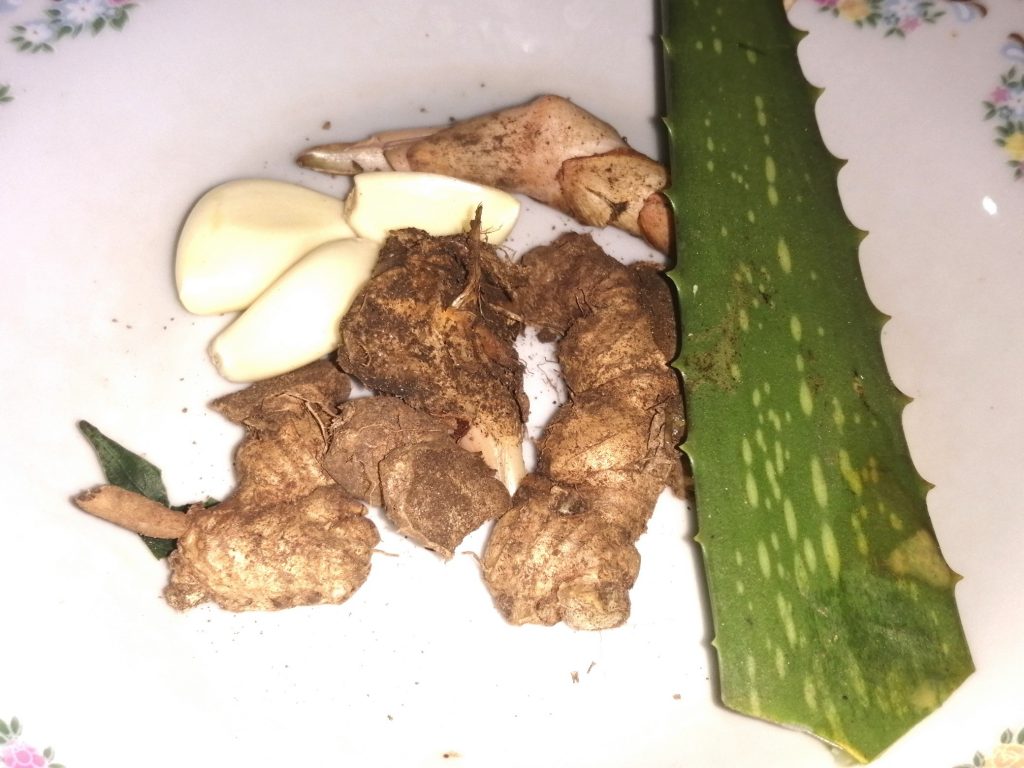Ginger
Ginger is in the family Zingiberaceae, which also includes turmeric, cardamom and galangal. Ginger originated in Island Southeast Asia and was likely domesticated first by the Austronesian peoples.
Scientific classification
Kingdom – Plantae
Clade – tracheophytes
Clade – Angiosperms
Clade – Monocots
Clade – Commelinids
Order – Zingiberales
Family – Zingiberaceae
Genus – Zingiber
Species – Z. Officinale
Binomial name – Zingiber Officinale
Clade – tracheophytes
Clade – Angiosperms
Clade – Monocots
Clade – Commelinids
Order – Zingiberales
Family – Zingiberaceae
Genus – Zingiber
Species – Z. Officinale
Binomial name – Zingiber Officinale
Ginger, used both as a food and as a medicine, is an aroma that has been cultivated in every garden in the past. Ginger has been widely used as a medication for various ailments, including fever, and as an aid, in alleviating allergies during cooking.
Uses of ginger
● Good for colds and coughs
Ginger has a special antioxidant, antifungal and antioxidant properties. It is very beneficial for those who suffer from the common cold and cough.
● Extremely beneficial to abdominal pain
Ginger accelerates digestion. Digestive enzymes increase secretion
● Helps prevent cancer
Ginger is known to suppress cancer cells. Ginger has been known to contribute to the prevention of colon cancer, prostate cancer as well as skin, lung, kidney and pancreatic cancer.
● Relieving migraines
Ginger migraines can also be beneficial for patients because it discourages the release of prostaglandin, which affects the disease.
● Relief for menstrual problems in women.
Menstrual problems are varied. Excessive bleeding from menstrual pain. The menstrual cycle has many problems, such as the failure of the menstrual cycle. Ginger is the remedy for all this. It has been found that taking a ginger mix can help maintain the menstrual cycle.
● Relief of Toothache
Ginger's anti-inflammatory and antioxidant properties can relieve tooth decay. This is the reason why many dentists are ginger.
● Heals the heart
Reducing cholesterol levels in the body can also help to alleviate blood clots.

Nalin Danushka


Comments
Post a Comment